One of the most common challenges for speech-language pathologists is planning activities that can address a variety of therapy targets and engage a variety of age groups. In these situations, picture scenes can come to the rescue! This post will discuss some of the reasons why picture scenes are so effective, how to use them in speech therapy sessions, and ideas for where to find picture scenes.
Why Use Picture Scenes for Speech Therapy?
Picture scenes are an effective part of any SLP’s therapy toolkit, for several reasons:
High Engagement
Using picture scenes for speech therapy allows you to select scenes that appeal to the client’s interests. Does your client love dinosaurs? Great! Use a dinosaur scene. Are they into space? Perfect! Space scene it is!
Flexible
One of the best reasons to use picture scenes for speech therapy is their flexibility. They can be digital or printed, they’re easy to transport, and they can be sent home for carryover. Picture scenes for speech therapy can also be selected with the client’s age in mind—perhaps colorful cartoon-type scenes for younger children, and more complex photographs for adolescent clients.
Excellent for Mixed Groups
Using picture scenes during speech therapy allows you to target multiple goals within a single session. For example, you might share a camping picture scene and have one client finding all the plural nouns in the picture, one client explaining how to make s’mores, and one client making predictions for what could happen next, based on what they see in the picture scene.
Supportive for Non-readers
When working with clients who are not yet reading, using picture scenes for speech therapy provides a way to build foundational pre-literacy skills (rhyming, phoneme recognition, etc.). Picture scenes also allow clients to practice oral language skills without necessitating the ability to read.
How to Use Picture Scenes for Speech Therapy
Picture scenes for speech therapy can be engaging and adaptable. This adaptability means that it’s important to have a plan in place in order to maximize learning while using them. Here are some ideas for how to structure your use of picture scenes during speech therapy:
Build a Routine
When you begin to use picture scenes regularly, be explicit in terms of what’s expected and why. Your clients are probably familiar with “looking at pictures,” but might have less experience with picture scenes being used in structured learning. It can be helpful to have a “picture routine” that you use every time you bring out a new scene, such as asking a familiar set of wh-questions about the picture.
Background Knowledge
Picture scenes can be a fun way to build background knowledge prior to reading a new book or beginning a new thematic unit. When used for this purpose, your use of picture scenes for speech therapy might be more open-ended. You could give the students time to simply look at the picture and ask questions about anything that seems confusing, etc.
Narrative
Incorporating picture scenes into your speech session is a wonderful way to work on narrative comprehension and production, which can then be extended into writing activities. For example, when given a picture of people at the beach, clients could talk about what happens at the beginning, middle, and end of a beach day. (“First, you find a place to put your towel and umbrella. Next, you play in the water and make sand castles. Last, you dry off and rinse your feet before you get in the car to go home!”)
Barrier Games
Barrier games typically involve clients sitting with some sort of barrier between them (or sitting back to back) so that they can’t directly see the other person’s materials. This is a great way to practice listening comprehension, following directions, and perspective-taking. For example, you might give Student One a picture scene, and then give Student Two some paper and markers. Student One then describes what they see in their picture, and Student Two draws what they hear.
Wh-questions
Picture scenes is an excellent way to practice wh-questions! The flexibility of picture scenes makes it possible to use the same scene with young children who are working on more basic “what” and “who” questions, as well as older students who might be working with challenging “why” questions. Students can also generate their own lists of questions and pose them to the SLP or to other clients in the group.
Articulation
Using picture scenes for speech therapy is also a great option for practicing articulation skills. For clients who are working at the word level, you might go through the picture together and find all of the things pictured that include the student’s target sound, then say each word a specific number of times.
Picture scenes can be particularly helpful for students working at the structured conversation level. Select the scene thoughtfully (e.g., an ocean scene for a client working on “sh” in the medial position) and then simply ask the client to tell you about the picture.
How to Find Picture Scenes for Speech Therapy
Once you begin using picture scenes for speech therapy, you may find yourself needing a variety of scenes! Here are some options for how to find them:
- The Digital SLP and other digital resource creators have many options for no-print picture scenes.
- A Google image search can be your best friend when it comes to picture scenes for speech therapy! Just be sure filters are on as needed, and it’s generally a good idea to preview results first, rather than doing the search “live” with a client sitting next to you.
- Invite clients to bring their own scenes!
- Magazines and old calendars are great sources for non-digital scenes.
Whether you’re using digital or paper scenes, it’s helpful to keep them organized by type of goal, target sound, etc.
Picture Scenes Freebies
Here are 2 free picture scenes which form part of the Digital SLP’s library of 2000 online speech therapy games and activities. Feel free to pull this web page up in your speech therapy session to work on any of the skills mentioned above.
- For this scene, have your student describe what they see happening in the picture.
- For this scene, have your student describe what’s wrong with the picture.
Enjoy the flexibility and fun of using picture scenes for speech sessions!
Want to stay in the loop for new speech therapy ideas and inspirations? I have put together a free Digital SLP podcast to share insight and tips on implementing your speech therapy sessions. If you are looking for fun and interactive speech therapy materials that students and SLPs both will love, check out what the Digital SLP® membership site has to offer or sign up for our free trial now. Alternatively, check out our TpT store.


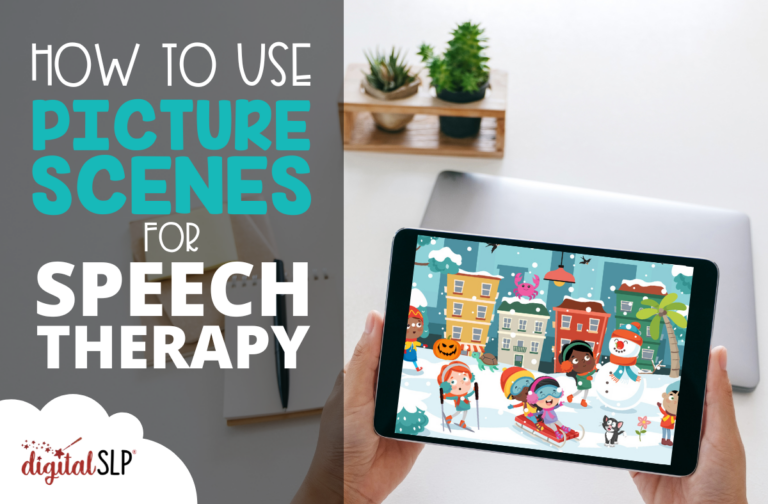
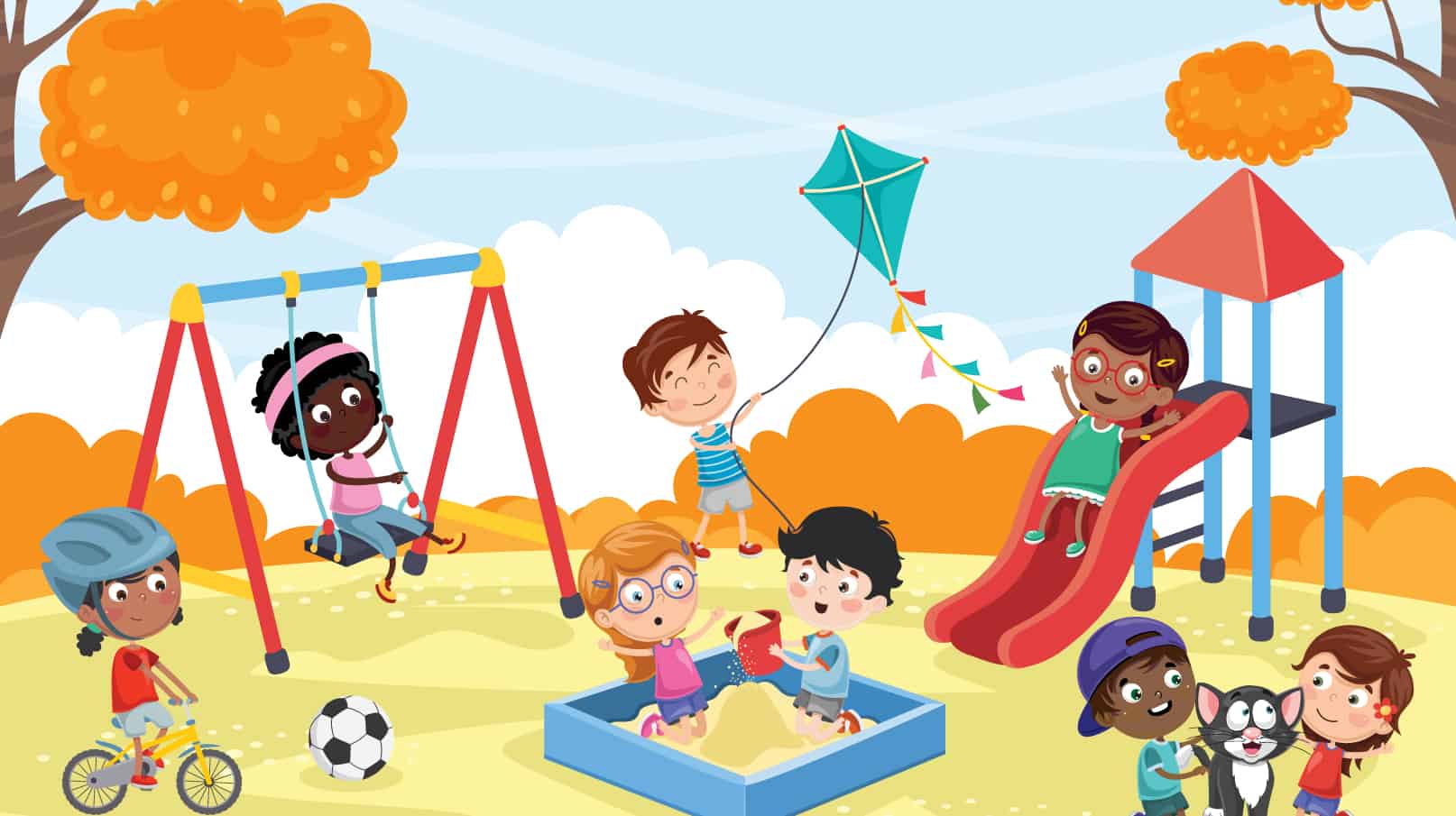
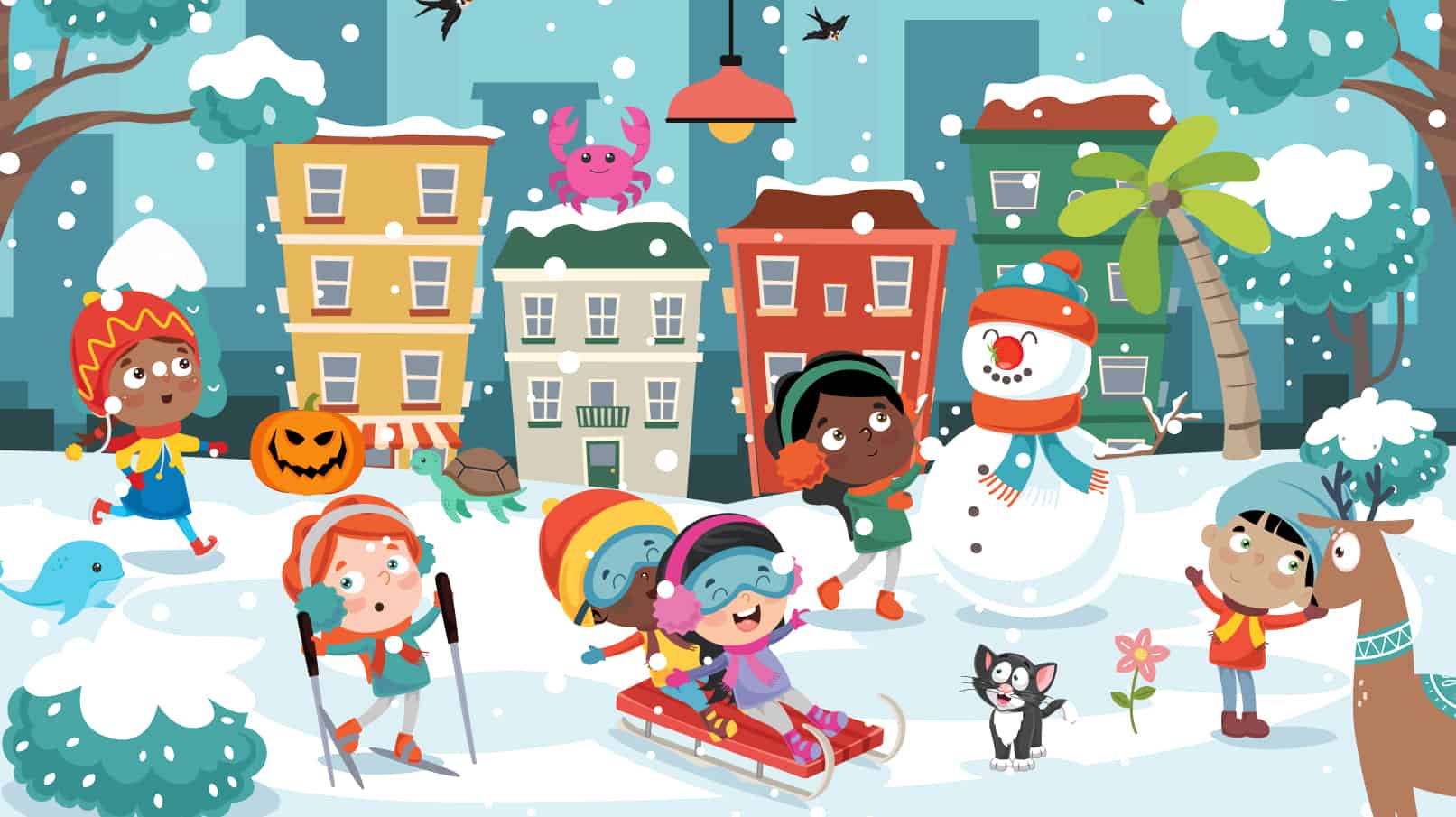



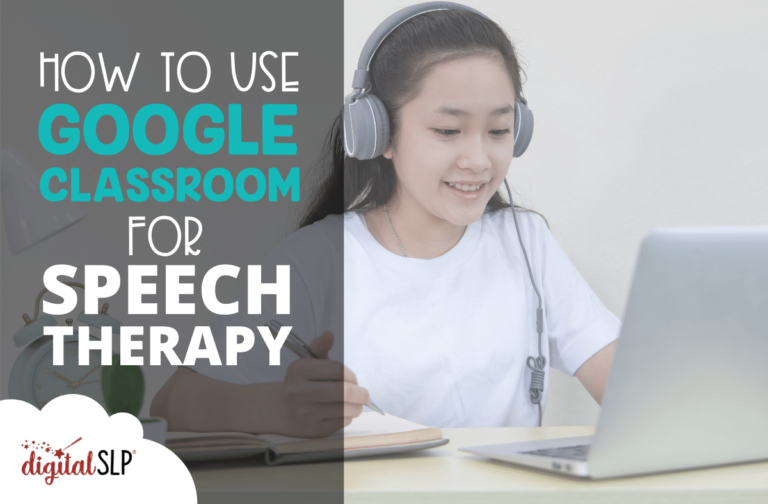
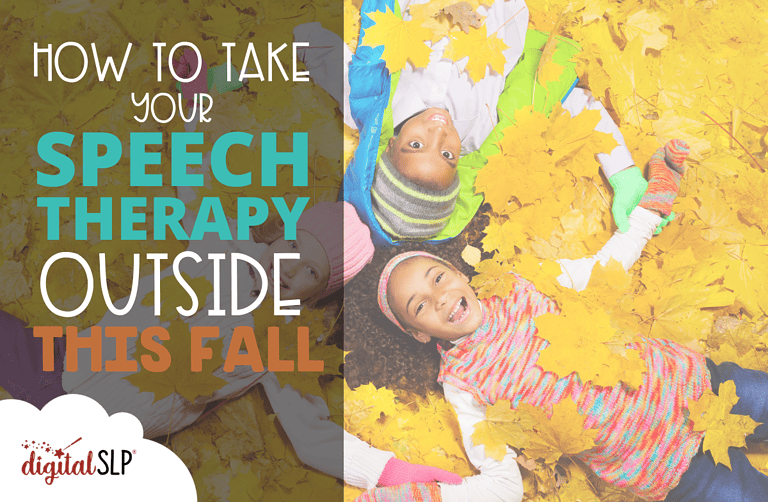
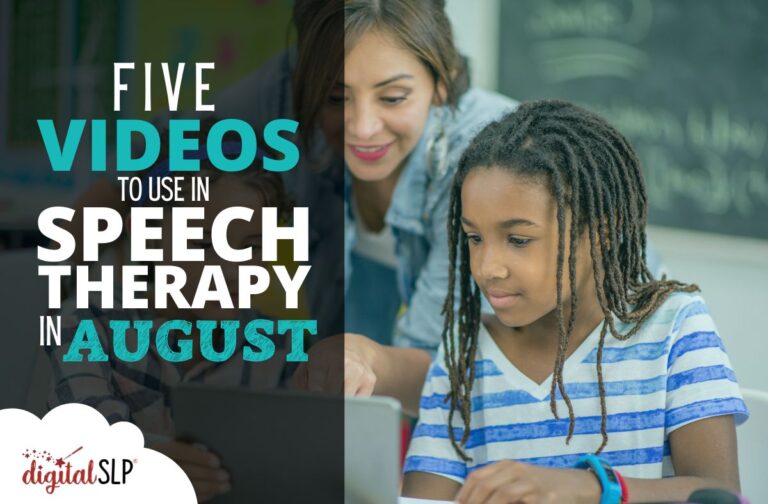
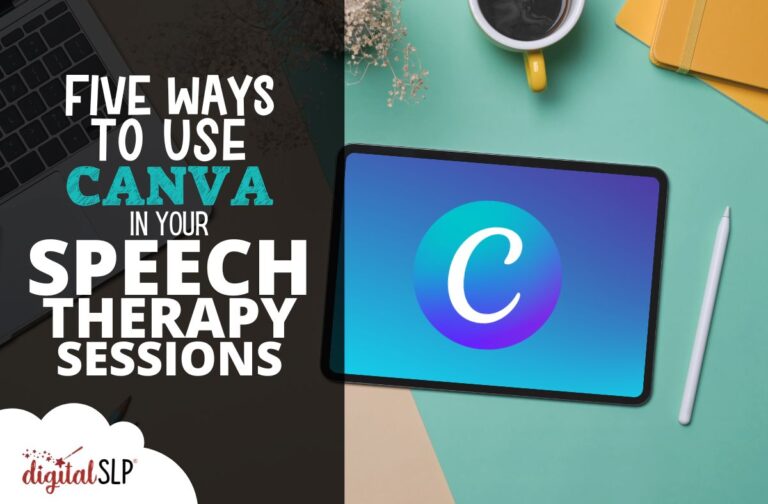
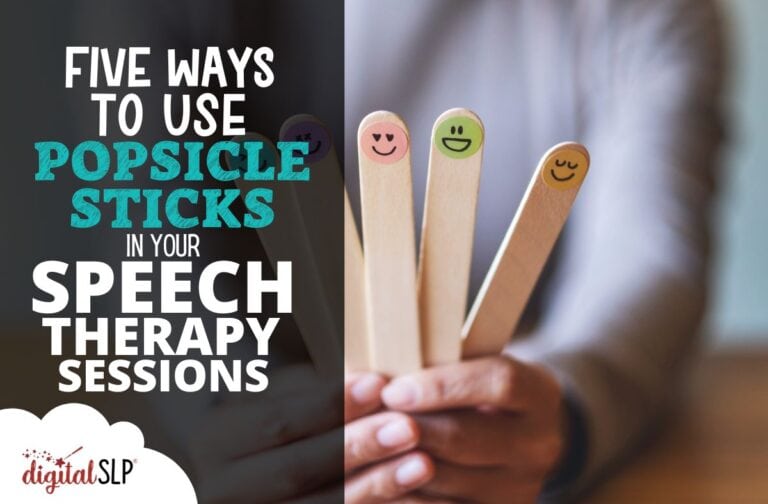
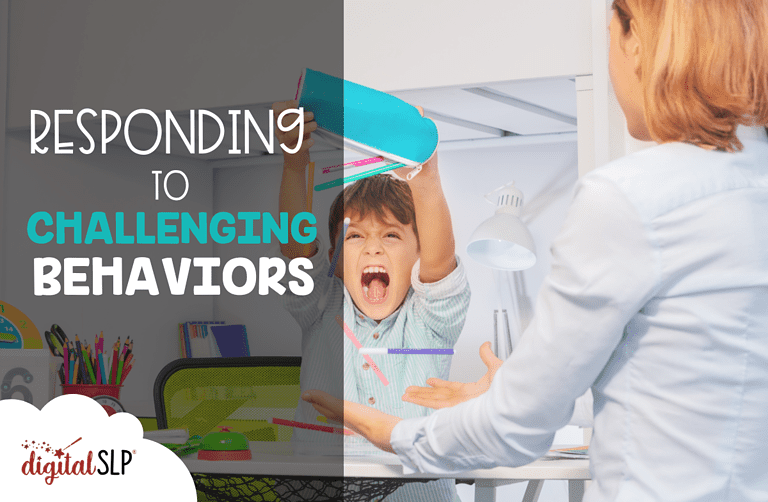

Recent Comments